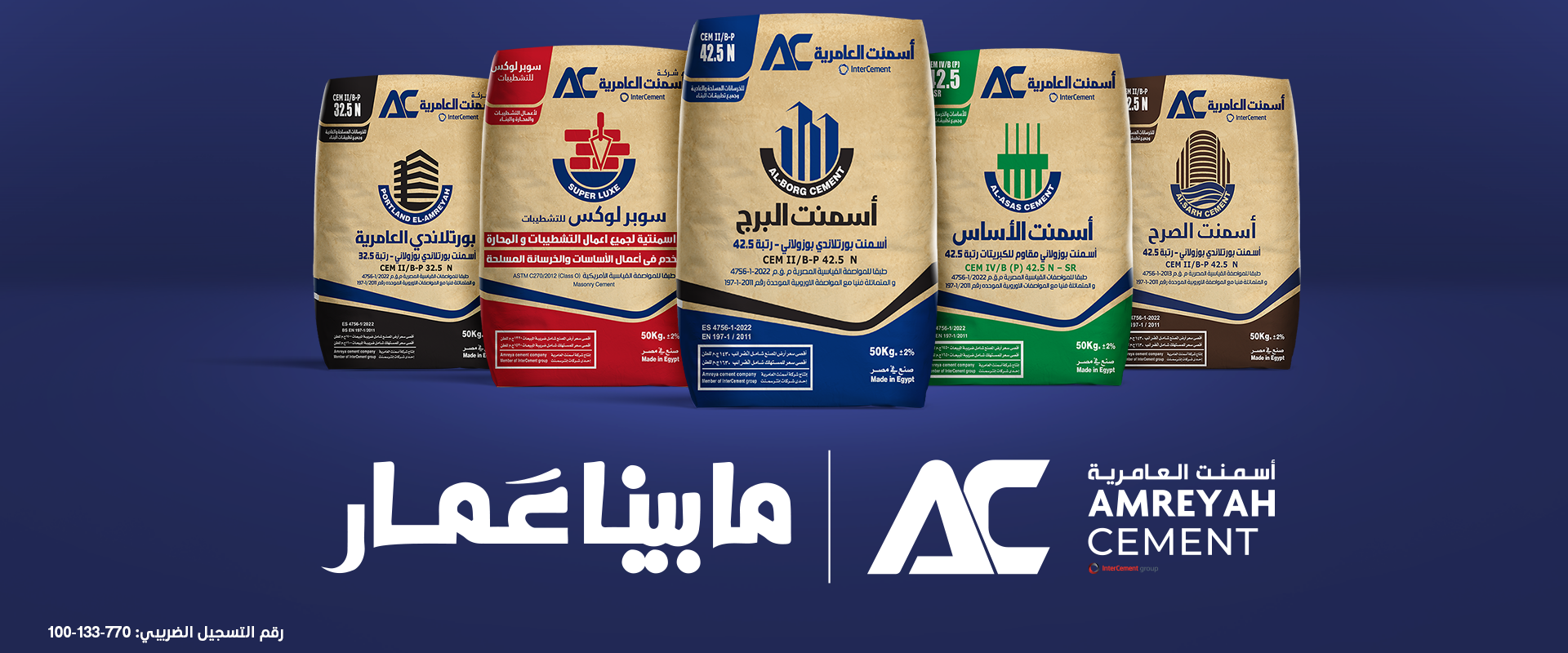Cement Types
" style="font-family:georgia,serif;font-size:16px">The Ordinary Portland Cement
It is used in all purposes especially concrete.
Sulfate Resisting Cement
It is used in areas with high proportions of sulfate salts.
White Cement
Quick-Setting Cement
It resembles the ordinary Portland cement in the chemical compound i.e. it is the same as clinker though it is finer and used in purposes require quick setting especially in cold weathers in winter and under the sweet water.
Low Heat Cement
It is used in huge buildings such as dams and bridges as they do not need a quick high temperature so belite is the most constituent of that type. It helps not to crack the huge buildings because of emission of hydration heat in cement.
Expensive Cement
It is used in purposes need not change in volume after drying though it expands after hardening. It is expanded in the first week of mixing which has been made in France from the ordinary Portland cement. It has been developed by using an expensive agent and a stabilizer.
Low-Alkali Cement
Some aggregates contain active substances that react with alkali to add opaline or chert of sodium silicate or potassium found in the rubble constituents so it is necessary to make cement free from oxide sodium and oxide potassium in order not to react with the active aggregate.
Oil-Well Cement
It is used to coat the oil-well and the high infiltrative stony constituents so it is used at high temperature and pressure. This type of cement should be more coarse with high proportion than ordinary cement.
High Alumina Cement
It is made from limestone and bauxite after burning in pigs as it is not made in a kiln. Cement type and bearing of temperature differs from one another according to the initial formation from calcium carbonates and bauxite. The more bauxite increases, the more thermal proprieties increase. Three types of thermal cement contain different proportions of aluminum oxide.
Blended Cements
It is made by burning the Portland cement with wastes of industries as iron slag, natural and artificial pozzolana, rice hulls and silica dust.
Blended Cements examples as follows:
Iron Cement
It is made by grinding a proportion of iron slag cooled abruptly with clinker and gypsum. Slag is 45% of cement weight and as fine as the ordinary cement that enables it to resist the sulfates.
It is said that the strength of the iron cement outmatches the strength of the ordinary Portland cement.
Lime or Sandy Cement (El-Karnak)
It is made by grinding a proportion of sand and limestone to produce low cost cement to be used in different usages other than concrete. Sand finely divided rocks and limestone spread clearly in those types of cement so they are slightly porous due to sediment of sand and limestone in the pores. Limestone is 25% while sand is 30% of cement weight.



 العربية
العربية 









